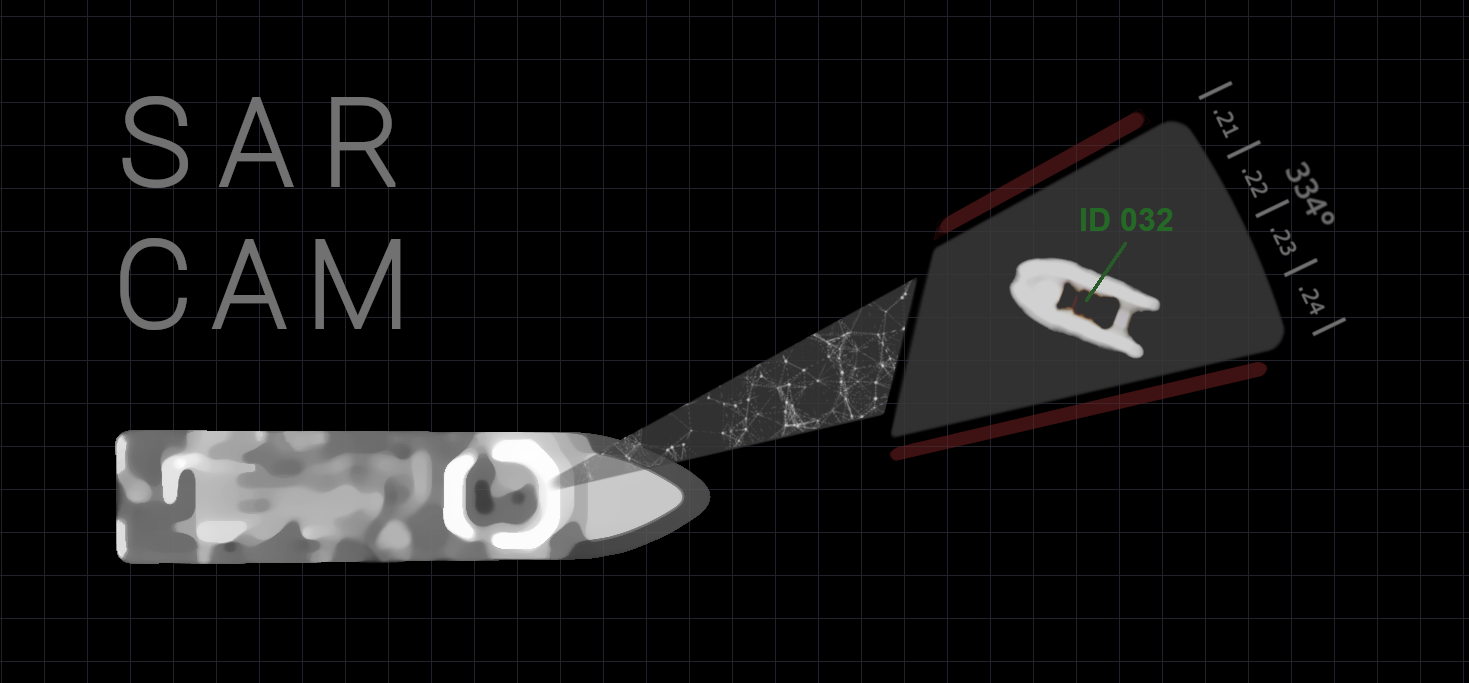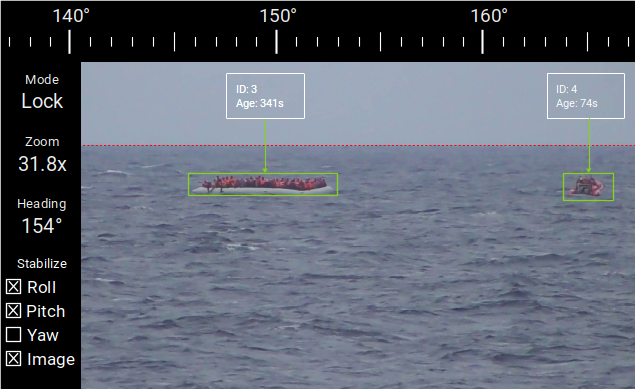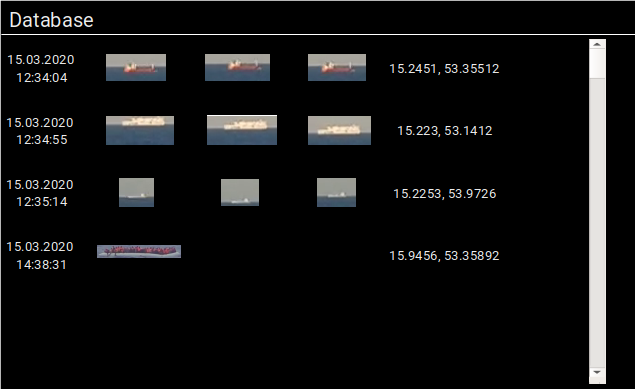A camera system to assist in the search for small maritime vehicles

Current situation
During search and rescue (SAR) operations by NGOs, the search for people in distress at sea usually requires tremendous effort. The current procedure of searching the horizon with binoculars is error-prone, exhausting and engages personnel that might be needed elsewhere. State actors and organisations can afford special camera systems to ensure complete surveillance of the ship's surroundings independent of the time of day. The user not only sees a stabilized video image but can also make use of functions such as the automated search, detection and tracking of floating objects. However, the costs for such technology and its maintenance can reach a four- to five-digit range – an obstacle for civil aid organizations which are financed entirely by donations. In addition, civil actors often have no or only restricted access to such camera systems. The previous simple and less expensive camera systems could neither achieve the desired results nor meet the demanding conditions at sea.
Goal
The SAR-CAM project aims to make the search for people in distress more efficient and to ease the burden on the crew. Therefore, a cost-effective and customizable camera system will be developed to support civil sea rescue. The system will be easy to operate and will enable the crew to spot floating objects at a distance without having to stand outside and to search the horizon with binoculars. The camera system, which can be attached to the mast, automatically scans the ship's surroundings and facilitates the detection and tracking of floating objects. The system can be adapted to the different needs of various organizations and tailored to the specific scenarios of SAR missions. Once installed, the system will be robust enough to withstand the harsh conditions at sea but remains accessible for technical modification and updates. Thanks to voluntary and non-profit work the overall development costs are significantly reduced compared to conventional providers. The only costs that are incurred arise from purchasing and assembling the hardware, as well as from installing and (if necessary) maintaining the system.
About us
For three and a half years, SAR-CAM has been working on developing an affordable camera solution for ships of civil sea rescue organizations. Additionally, the project managers have volunteered in various areas of sea rescue operations and could thus gather valuable experiences. The first drafts of the system have been successfully assembled and are continuously expanded. Fortunately, since the 36C3 (36th Chaos Communication Congress of the Chaos Computer Club) the core SAR-CAM team has grown to five members. Since January 2020, the team consists of mechatronic and computer science engineers as well as a master shipbuilder and an IT consultant. Thus, all necessary subject areas can be covered. We welcome new members and we are open to cooperate with other teams.
SAR-CAM is a non-profit project currently in progress. Hardware development is both costly and time-consuming. Sponsoring and support are therefore greatly appreciated!
The camera system
Individuality
Designed for Search and Rescue and customized to the vessel.
Relief
Automated detection of floating objects which is easy to operate.
Costs
Cost-effective development of the system through voluntary work.
The focus is on the development of a cost-effective and quickly deployable solution - a professional and reliable application attached to the mast all while ensuring personal safety.
The system is designed to support SAR missions in the following aspects:
- Identification of boats and ships via long distances using automated recognition software
- Assessment of critical situations via long distances by close-ups in all directions (360° camera rotation)
- Provision of a user interface for the visualization of the recordings and a control system for the operating crew
Details on the implementation
Sensor technology
- Use of a commercially available video camera with a high optical zoom factor (using a small sensor size and a long focal length) for daylight usage
- Expandable by a thermal imaging camera for use at night (also with long focal length) over the course of the project
Mechanical stabilization
- Due to the high zoom factor, the sensor system requires mechanical stabilization to compensate for the yawing, pitching and rolling of the ship and to keep the horizon in view
- A fast implementation is made possible by a high-quality, commercially available camera-gimbal system
Mechatronics
- Image transmission via lossless SDI transmission system
- Control data via Ethernet
- Extension of the control modes of the gimbal for our specific application
Image processing and object recognition
-
Image preprocessing
- Horizon detection: Important pre-processing step for all subsequent algorithms
- Digital image stabilization: Additional stabilization of the image using the horizon
-
Object detection
- Anomaly Detector: Detection of suspicious areas along the horizon
- Anomaly Tracker: Combining detected anomalies across multiple camera images to track objects over time
User-Interface
-
Visualizations
The visualization as well as the image processing run on the corresponding laptop-
Live view:
- All available information is displayed to create a current situation picture
- Image processing results (detections, horizon, ...)
- Adjustment of the camera system (orientation, zoom factor, ...)
- Switching/ overlapping between the individual sensors (camera/ thermal image)
- Pause/ time lapse, which, depending on access to the ship's BUS, can link the position of the ship (speed, orientation, course) with the detection
- Status data of the camera system (temperature, humidity, ...)
-
Database view:
This view is used to display detected objects afterwards- Image data view (video clips / single images of the detected objects)
- Map view (detection locations, camera surveillance area, ship route)
-
Live view:
-
Control:
- Manual camera control with a professional joystick or other inexpensive controllers


Case and installation on the ship
- Easily removable case for quick access to the electronic components
- Rotating case with window
- Case carrier
- Sealing of the individual components
- Mechanical vibration damping
- Cable laying and connection to the ship's electrical system
- Mounting and securing of all components